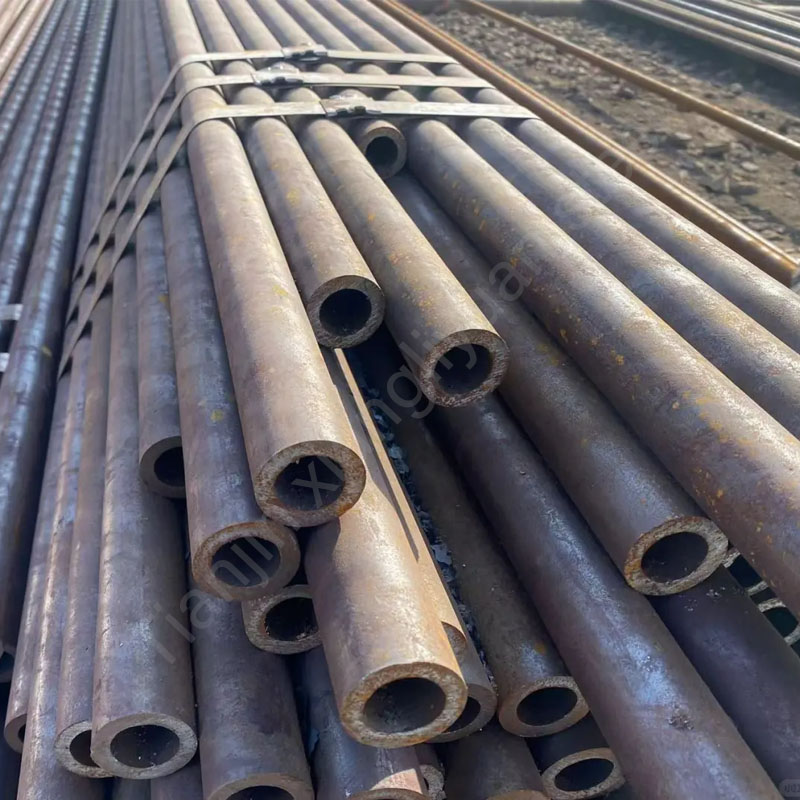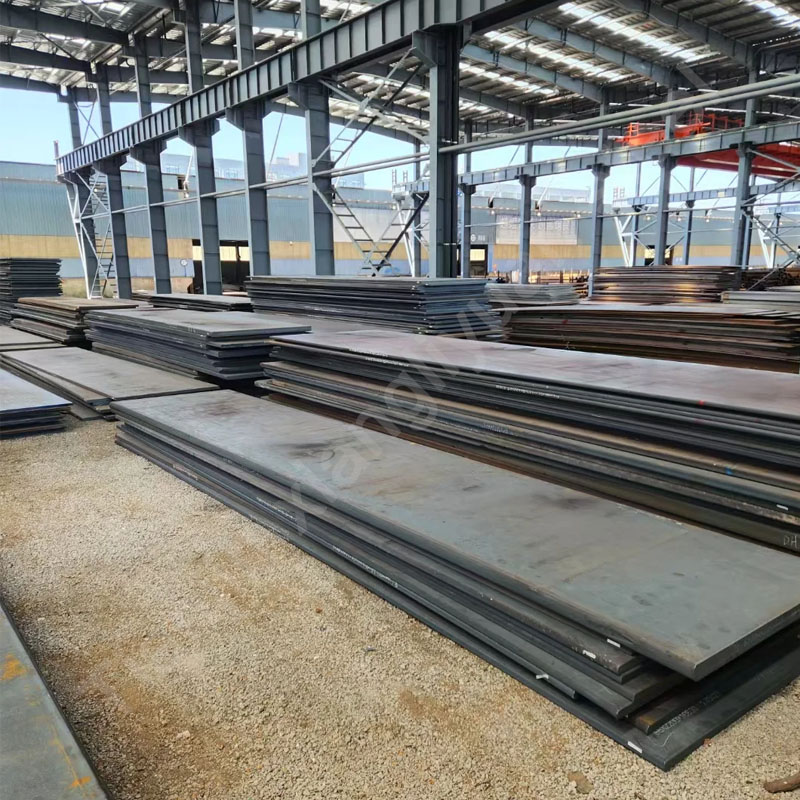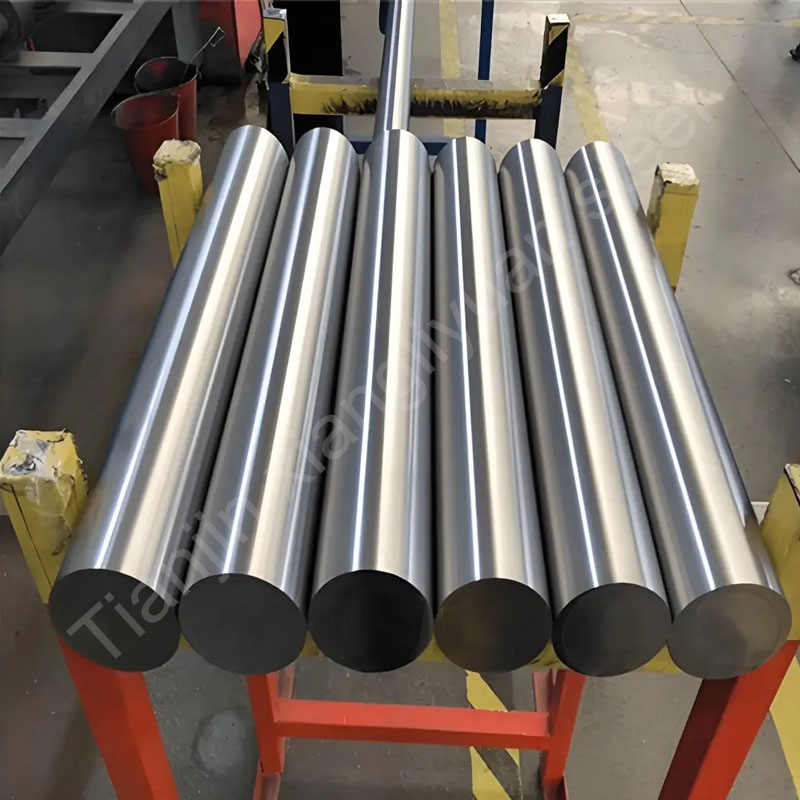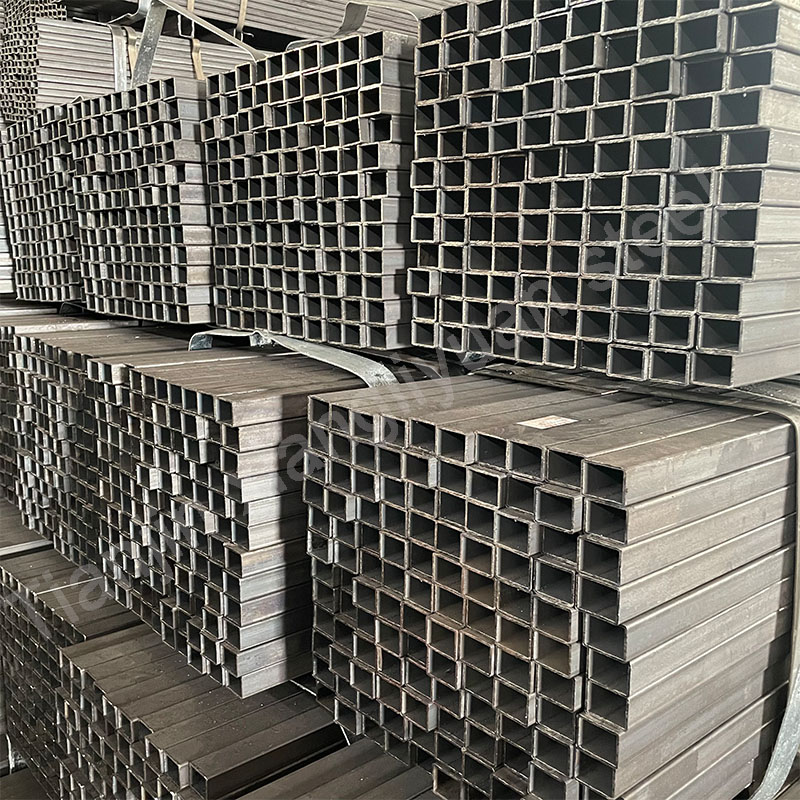Carbon steel wire, as an economical, practical and high-performance metal material, plays an indispensable role in modern industry. Its excellent strength, wear resistance and machinability make it widely used in various fields, from small particles in daily life to key components of large engineering projects.
1. Material and steel grade:
Carbon steel wire is mainly composed of iron and carbon, and contains a small amount of manganese, silicon, sulfur, phosphorus and other elements. Among them, carbon content is the key factor determining the performance of carbon steel wire. According to the different carbon content, carbon steel wire can be divided into:
Low carbon steel wire (C≤0.25%): It has good plasticity and toughness, is easy to process and shape, and is often used to make iron wire, nails, wire ropes, etc.
Medium carbon steel wire (0.25%<C≤0.60%): It has high strength and hardness, while maintaining a certain plasticity, suitable for making springs, bearings, knives, etc.
High carbon steel wire (C>0.60%): It has extremely high strength and hardness, but low plasticity, and is often used to make saw blades, drill bits, spring washers, etc.
The steel grade of carbon steel wire is usually marked by national standards or international standards, such as “SWRH” in China National Standard (GB), “SW” in Japan Industrial Standard (JIS), “A228” in American Society for Testing and Materials Standard (ASTM), etc.
2. International Standards:
In order to ensure the quality and performance of carbon steel wire, a series of standards have been formulated internationally, which strictly regulate the chemical composition, mechanical properties, dimensional tolerances, etc. of carbon steel wire. Commonly used international standards include:
ISO 8458:2018: Cold drawn carbon spring steel wire
ASTM A228/A228M-19: Music spring steel wire
JIS G 3522:2017: Piano steel wire
DIN 17223-1:2018: Cold drawn spring steel wire
III. Classification:
According to different processing techniques and uses, carbon steel wire can be divided into the following categories:
Cold drawn steel wire: processed by cold drawing process, with smooth surface, high dimensional accuracy, excellent mechanical properties, widely used in springs, bearings, wire ropes and other fields.
Hot dip galvanized steel wire: a layer of zinc is hot dipped on the surface of cold drawn steel wire, which has good corrosion resistance and is often used to manufacture wire mesh, fences, bridge cables, etc.
Black annealed steel wire: after annealing, it has good plasticity and toughness, easy to process and shape, and is often used to manufacture nails, wires, handicrafts, etc.
Bright annealed steel wire: After annealing, the surface is treated to have a bright appearance and good corrosion resistance. It is often used to manufacture medical devices, precision instruments, etc.
IV. Uses:
The application field of carbon steel wire is very wide. Here are some typical applications:
Construction industry: rebar, wire mesh, prestressed steel wire, bridge cables, etc.
Machinery manufacturing: springs, bearings, wire ropes, knives, saw blades, etc.
Transportation: tire cord, auto parts, railway tracks, etc.
Daily life: nails, wire, fences, handicrafts, etc.
Other fields: medical equipment, precision instruments, aerospace, etc.
As an important metal material, carbon steel wire plays an irreplaceable role in modern industry with its excellent performance and wide application fields. With the advancement of science and technology and the continuous improvement of technology, the performance of carbon steel wire will be further improved and its application field will be more extensive.
When choosing carbon steel wire, it is necessary to select the appropriate material, steel grade, specification and surface treatment method according to the specific application scenario and use requirements to ensure that it can meet the use requirements and perform at its best performance.






